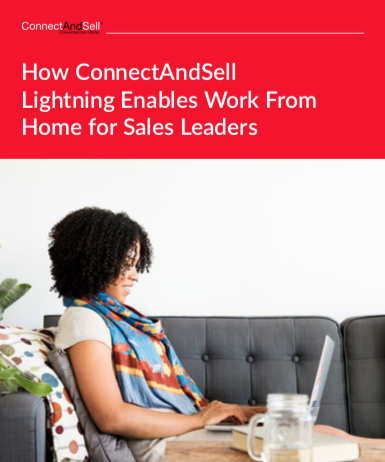
Part 3 — Sales as Strategy: A Radical Proposal for Rethinking Corporate Evolution
In an acquisition, cross-selling both companies’ products is essential to achieving the hypothesis for success upon which any merger is based. This plan sounds simple; however, due to the structure of traditional sales (territories, measurement of results, lengthy timelines), the execution seems to be anything but.
What is the magic bullet that removes the veil of mystery from any such hypothesis? Inside sales. Done very, very fast and with great precision.
Inside sales? Really? A magic bullet for strategy? Yes. Perhaps not classic “inside sales” that serves as a concierge service for field sales, but modern inside sales where:
- Management controls targeting by providing prospecting lists, and…
- Management has perfect visibility into the inputs, outputs, flow rates, and cycle times of every step of the sales process every day.
Here’s where it gets hard, or easy. I’ll try to make it easy by starting where we left off in all those A’s and B’s in Part 2.
Instead of assigning to “Sales” the cross-selling responsibility of selling all purchasers of A1s that should, but don’t, own a shiny, complementary B3, let’s take that same list and load it into a telephonic conversation machine. I will gently suggest we use one that goes really fast, like ConnectAndSell Lightning™.
Then we will come up with a simple message to open conversations with prospects on our strategic target list: a message that points out that we have tons of customers who just love how A1 and B3 work together to provide so much more value than either one alone, and how much the prospect could learn in a 15-minute scheduled meeting. (Here is a framework for such an appointment-setting conversation.)
Our next step is to choose two very good inside sales reps who will conduct appointment-setting conversations with people on our target list. These two reps must be specialists with well-established top-of-the-heap conversation-to-meeting conversion rates on cold calls.
Why two reps? Because one might have an off day. And three is a waste of resource for this step.
The next step is easy with ConnectAndSell (and painful any other way): have 100 conversations with prospects on your strategic list. These are strictly for the purpose of setting up 15-minute discovery meetings: meetings that are on both the rep’s and the prospect’s calendars.
Re: calculating
Now, for the magical math. It turns out that the meeting-yield on cold calls made by a calibrated sales rep is a very reliable indicator of actual interest in an offering. So, instead of waiting for the meetings to take place, and waiting further for those meetings to turn into wins and losses, you can make a “go” or “no-go” decision very quickly — like in a couple of days.
Here’s the rule: if your meeting-yield (meetings divided by conversations) exceeds 5%, you have a market. If not, you don’t. Either outcome is better than not knowing whether you are ever going to get any product/channel synergy-value out of this part of your acquisition.
If the answer is “Let’s go,” then your scaling model is simple: keep calling, hold discovery meetings, convert customers — and, as always, tune your message and offering as you learn from all those conversations. After a couple of weeks, you should be manufacturing a daily flow of meetings at some known rate (generally above two meetings generated per rep per day) and some known cost of labor and dial fees.
Costs will go down over time as your lists gets richer in follow-up dials, which is great, but also inevitable if you follow ConnectAndSell’s standard follow-up workflow.
And that’s the whole program, which is really a series of programs run over each promising pair of products in your portfolio. You are finally in complete control of liberating the product synergy-value anticipated through that expensive acquisition.
If there is a higher use of Sales than to turn Strategy into Reality, I have failed to discover it. And given that this program is simple, free to try (for a day, anyway), and insanely valuable, it’s probably worth a shot.

